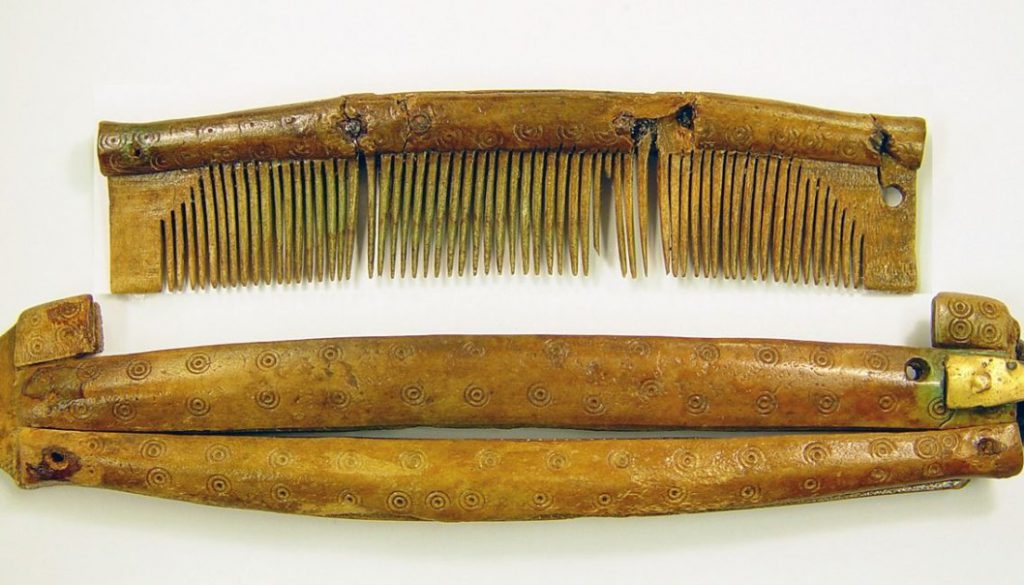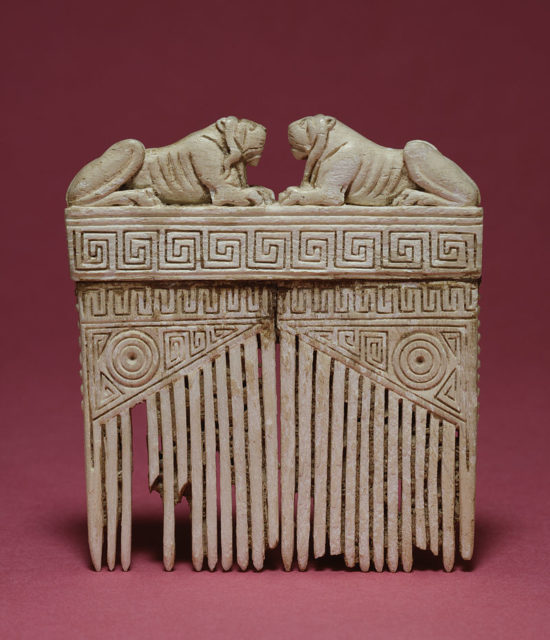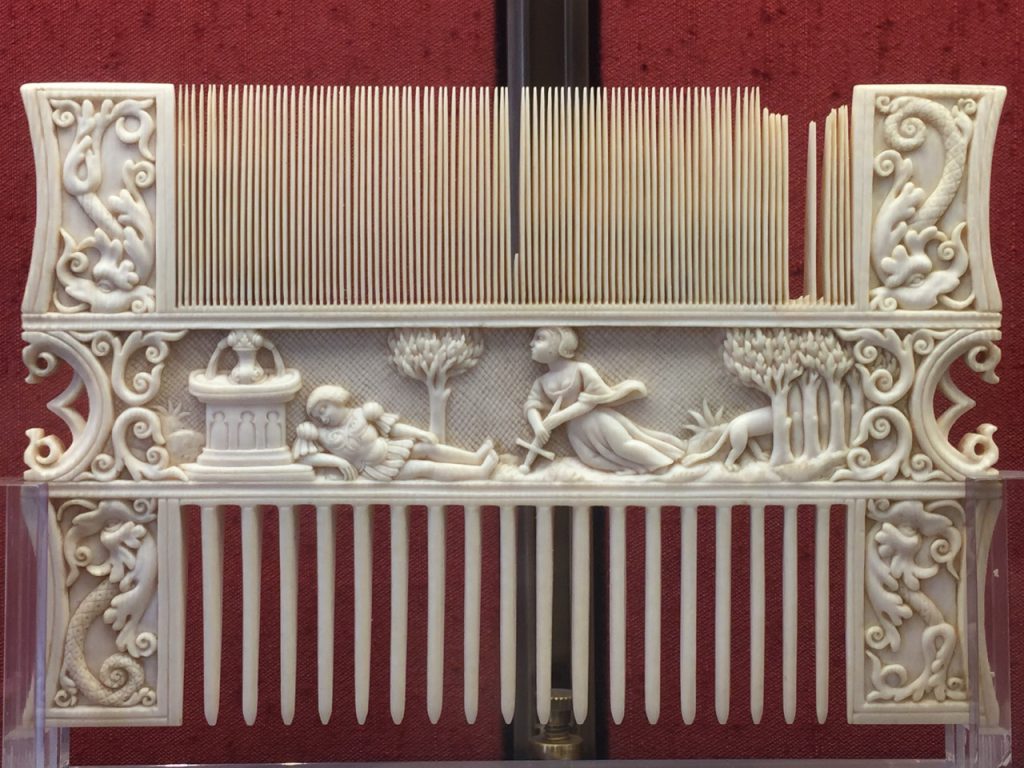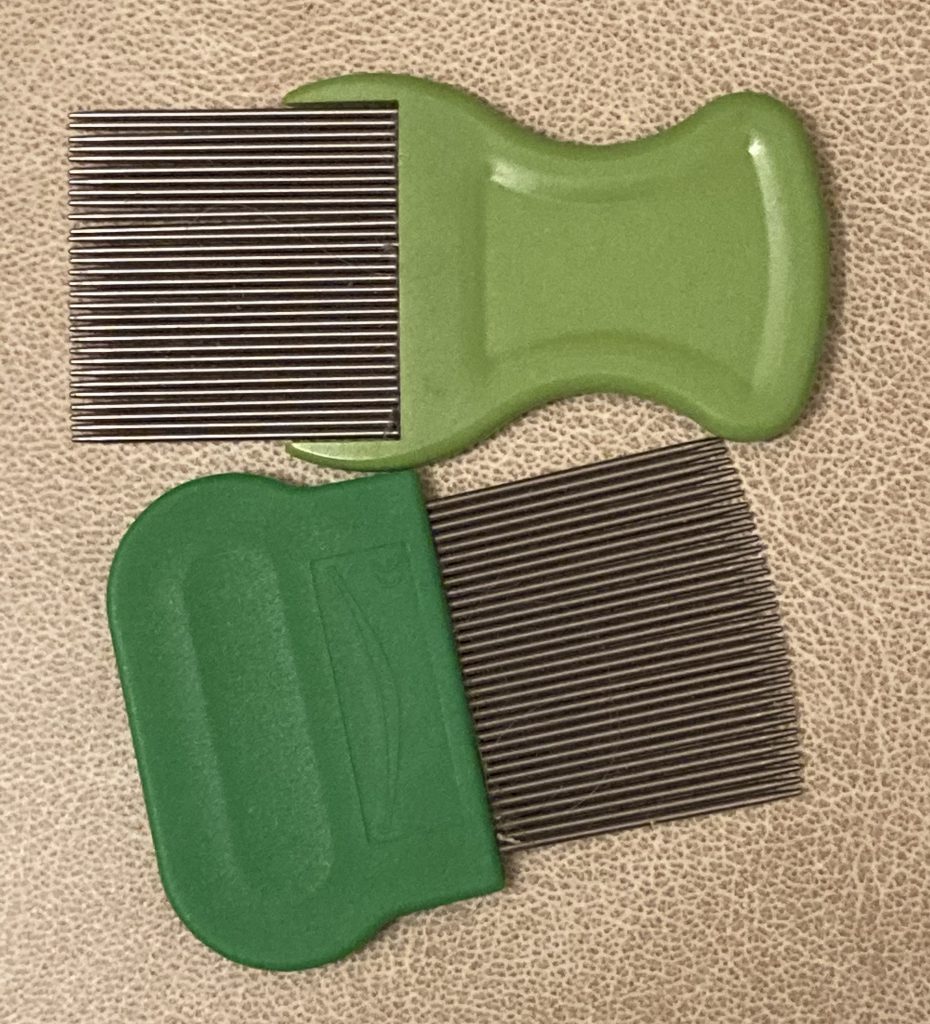My life as a parent can be measured in lice. Those tiny creatures that never show their face but brazenly attach themselves to the hair shafts of humans – usually the smallest of humans – where they decide to chomp down and get cosy. And then, they start to make their own babies. You don’t know they’re there until they’ve really set up camp and it becomes more than just one battle to remove them from your child’s head: it’s a war.
Because my adult life has unfolded against the backdrop of moving between different countries I’ve gained some unique insights into how these little critters are treated– culturally and physically–in different countries. The one factor that stayed the same in each place–the control factor, if you like–was the scalps of my children, or, I’ll admit, in some cases my own.
I grew up in Dublin and I don’t remember ever having lice as a child. Nits we called them (though technically those are the eggs, but I don’t plan to go into any details here). I have no memories of being scratchy, of myself and my siblings having our heads being treated, washed and combed, or of classmates appearing red-faced into school with shorn heads.
My older sister (the unenthusiastic keeper of family lore) assures me that there would have been a “nit nurse” coming into school to keep on top of any infestations. I do remember a nurse coming once a year to checking that our backs were straight, pulling us one by one behind a temporary curtain set up in the school gym for the annual scoliosis check. Would she have had a surreptitious look at our scalps at the same time?
Did I have nits, was it bad? It’s one of those many banal-but-vital questions I never got to ask my mother before she passed away 7 years ago, but she had probably wiped any memories of it herself. I certainly would have, four children later.
So it wasn’t until I became a parent, in my 30s, that I was first confronted with the reality of nits, like so many other unexpected trials of parenthood no-one tells you about in the heady days of pregnancy excitement.

It started when the emails first came home from our kindergarten in Oslo–our 4-year-old needed to be checked for head lice (hodelus) and could all parents please take responsibility and do “the necessary”. I had a quiet word with my non-Norwegian mum friends, rather than embarrass myself more publicly by revealing my ignorance of such basic hygiene matters.
“Get the strongest mixture you can” they whispered. “Or better yet, stock up on the stuff they have at Boots when you’re next back in Ireland. You’ll save a fortune and they use some crazy chemicals that they don’t put in the stuff in Norway”. After getting the basics from the local apothek (pharmacy) and watching a few YouTube videos we figured it out, the next trip to Ireland not being scheduled for several months away, in the summer.
It didn’t take long for me to encourage my husband’s new-found talent for looking through a magnifying glass while deftly holding a fine-tooth comb through the hair of each child while they’d sit on the floor in front of Charlie and Lola or other show that would keep them still, the whitest of our towels over their shoulders, strong floor lamp pulled up close. All household members would be checked, though the ghostly itch would pass around the house whether your scalp was infested or not.
We got into the swing of it and soon began to take in our stride the regular missives from kindergarten, and then school. “Remember”, the school’s communication would offer as a palm leaf, “Head lice is a not a sign of uncleanliness. But just please remind your children to not swap hats and scarves with their classmates”. This being Norway both our kids were outdoors a lot, all year round, and went through many, many hats, scarves, balaclavas, toques, caps, and unattached hoods, some of which appeared in our house from unknown origins.
We made great efforts to not go down the road of mortification taken by the Russian mother who sent her son off our elder daughter’s class with bald head for half the year. No doubt, it toughened him up, but he must have gone through many hats of his own that winter.
In 2017, we moved from Oslo to Florence, in Italy, when our younger daughter was six–the lure of warm sun and more fresh air hoodwinking us into thinking juvenile parasites would be fewer. Instead, the Norwegian nits decided to move with us.
It was our serious bad luck to pick up a dose of lice during our last few days preparing to move out of our Oslo apartment–goodbye visits to friends or the recycling centre were delayed by our full family treatment and hair combing (using up all that precious Boots gear we had left). Over the course of a couple of intense summer weeks between emptying our house in Norway, flying to Italy, fitting in a short holiday, and trying to get a foot down on steady ground before the start of the school year in September, we battled the lice.

Still, one of the first new words I had to learn upon arriving in Italy was Pidocchi – head lice. It sure sounds nicer in Italian but I soon realised it was a word I’d be using a lot.
We must have appeared like a family of gorillas perched on our hotel beds on the pristine island of Elba that July, the golden beaches and outdoor patios calling to us like sirens. Desperate for something to just zap these critters away, whatever their nationality, I entered the mysterious realm of an Italian pharmacy (part homeopath, part pharmaceutical workshop) and was seriously reprimanded for thinking a bottle of something would help. “No,” said the surprisingly stern young woman in the white coat, “You must take this comb and use it all the time. It is the only thing that will work. Don’t waste your money on some other stuff. And don’t go near chemicals.” It was, of course, rather a beautiful comb, but I didn’t want to tell her I already had a few at home.
Two weeks, and much scratching, later I had no qualms about asking a different pharmacist, this time in Florence, for the strongest damn stuff he had. “No, I don’t want the gentle herbal stuff, give me the kick-ass killer (with a photo of two smiling kids on the box) please”. A busy shop, it was handed over with no questions asked.
This stuff did the job. But a week or so later, the school term started and one of the first things the other mums were telling me–“oh yes there’s always lice here in Italy, the kids are always getting it”. I braced myself for more emails from school to look out for. And come they did, but we were veterans at this point and sitting outside in our garden under the olive trees to do the job with the conditioner, the comb and the white towel never seemed as painful as it did in Oslo.

Then there were the Canadian lice, apparently. One summer, while visiting family in Alberta, our elder daughter was kicked out of a hairdresser in Edmonton for having nits in her hair. Which she definitely didn’t. Oh the shame of it. “I’m sorry madam but I have to stop”, said the Kurdish hairdresser, in a steely tone., swinging her own luscious dark hair, and rolling on a fresh pair of gloves to tidy up the area around the chair my unfortunate 11-year-old had been sitting in.
Luckily it was next door to a drug store where I hopped in to pick up whatever kind of kick-ass bottle Canadians use. When I got her home later I took a close look at the hair of both girls. I looked and looked, so did the husband (the real expert) and we saw nothing. At least we hadn’t paid for the partial-haircut, but I had left a guilt-tip.
Now that we live in Ireland full time, and can pop into Boots anytime we like, we’ve seen nary a nit on anyone’s heads. We must have become immune over the years and Irish nits just haven’t bothered to give our scalps a try, pity for us! The same messages still come home from school, now in English, and we check and monitor but we seem to have sloughed off the curse somewhere off the coast of Ireland.
I’m hanging on to our beautiful little nit combs just in case. And to remind us of our scratchy travels.
